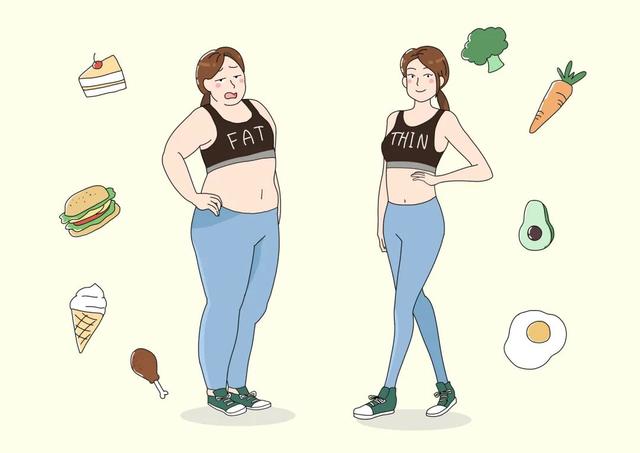Genetic predisposition may explain the difference in exercise effect.
We know that exercise alone does not fully explain a person’s tendency to be obese. To explore the potential genetic basis for at least some of the differences, the researchers used steps and genetic data from a population dataset in the United States. We used known loci from a previous genome-wide association study to establish a polygenic risk score (PRS) quartile of 3,100 adults of European descent (median age, 53 years) who were not obese at baseline (median body mass index, ≈24.5 kg/m2) to determine genetic risk for obesity.
At baseline, participants had a median of 8,300 steps per day and a median follow-up of 5.4 years, during which time 13% of participants in the lowest PRS quartile and 43% of participants in the highest PRS quartile developed obesity. Both the number of steps and the PRS quartile were associated with the risk of obesity. For example, a participant in the 75th percentile of PRS risk would need to take 2,280 more steps per day than a participant in the 50th percentile to achieve the same relative risk reduction. Conversely, a participant in the 25th percentile could walk 3,660 fewer steps per day than a participant in the 50th percentile and still achieve the same relative risk reduction.
Food intake is an important factor in obesity, and this analysis did not address it. The analysis excluded participants who became obese within six months of the start of the study, which lessens (but does not eliminate) the possibility of reverse causality, thus strengthening the confidence of the results. These results only applied to patients of European descent, which is also a limitation. Despite these limitations, these results can help clinicians explain to patients why different people who take the same number of steps have different results. If a patient walks 8,000 to 10,000 steps per day as recommended, but still gains weight (so the PRS may be higher), they may need to increase their activity by 3,000 to 4,000 steps per day.
Loosing Weight Scientifically
01. Eat regularly and quantitatively
To pay attention to breakfast, do not miss meals
Don’t eat dinner too late
Dinner is recommended between 17:00 and 19:00
Do not eat any food after dinner
But you can drink.
02, eat less snacks, drink less drinks
Whether at home or eating out
Should strive to achieve a moderate diet, scientific mix
Don’t overeat
Control random snacks and drinks
Avoid late-night snacks
03, eat should eat slowly
Eat the same foods
Eating slowly helps to reduce the total amount eaten
Slow down
It can increase feelings of fullness and reduce hunger
04. Change the order of meals appropriately
Eat according to the order of “vegetables, meat and staple food”
Helps reduce intake of high-energy foods
In addition to eating
Here are some tips for losing weight
Sleep
Often stay up late, lack of sleep, irregular work and rest
Can cause endocrine disorders
Abnormal fat metabolism, resulting in “overwork”
Obese patients should follow circadian rhythms
Get about 7 hours of sleep a day
sports
Insufficient or lack of physical activity
And a sedentary, static lifestyle
Is an important reason for the occurrence of obesity
The exercise principle for obese patients to lose weight is
Medium and low intensity aerobic exercise is the main, resistance exercise is the auxiliary
150 to 300 minutes per week
Moderate intensity aerobic exercise
Exercise at least once every other day 5 to 7 days a week
Resistance exercise 2 to 3 days a week
10 to 20 minutes every other day
Energy consumption is 2000kcal or more per week through exercise
Sit less
Daily meditation and passive viewing time
It should be controlled within 2 to 4 hours
For long sitting or desk workers
Get up and move for 3-5 minutes every hour
Post time: May-11-2024





